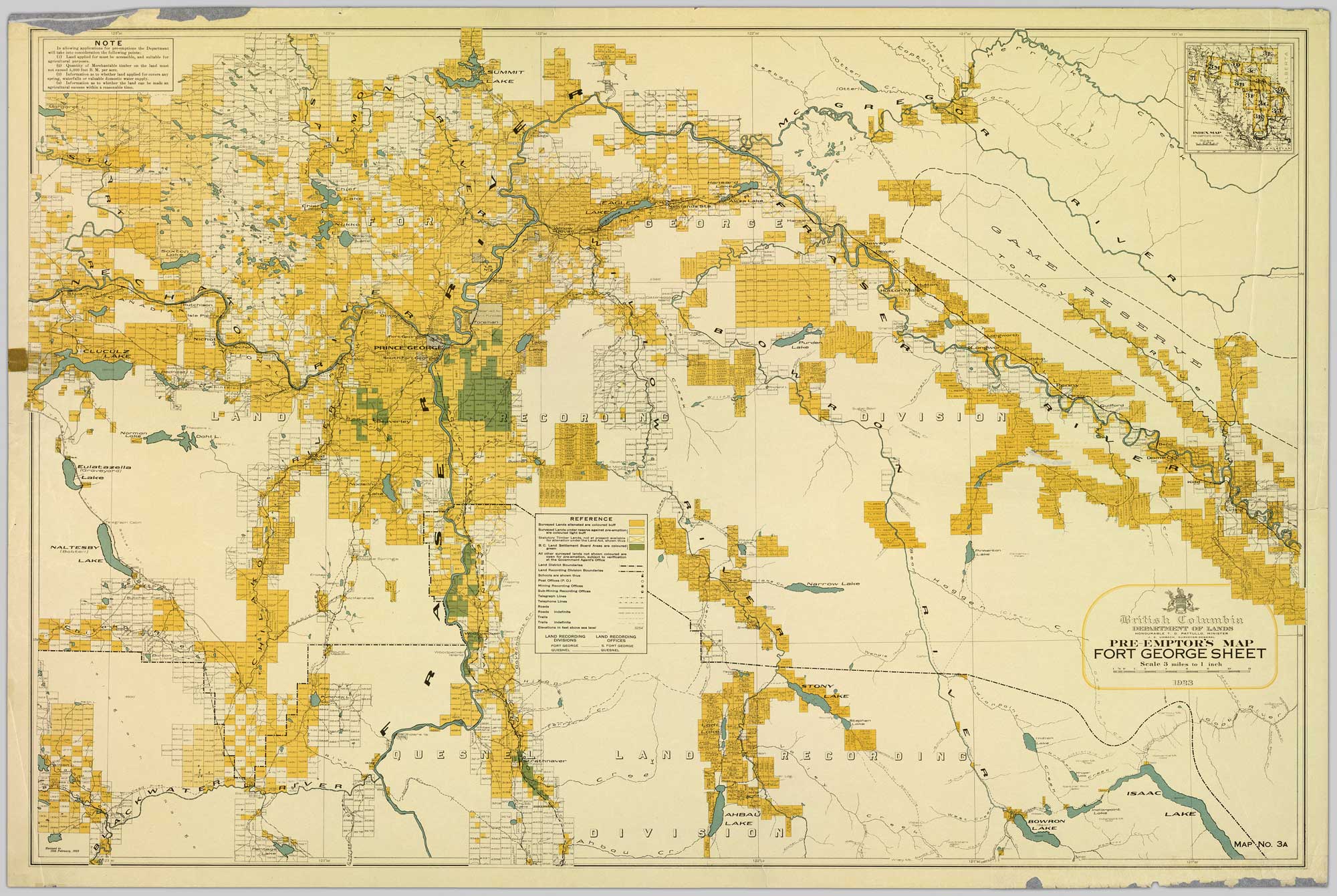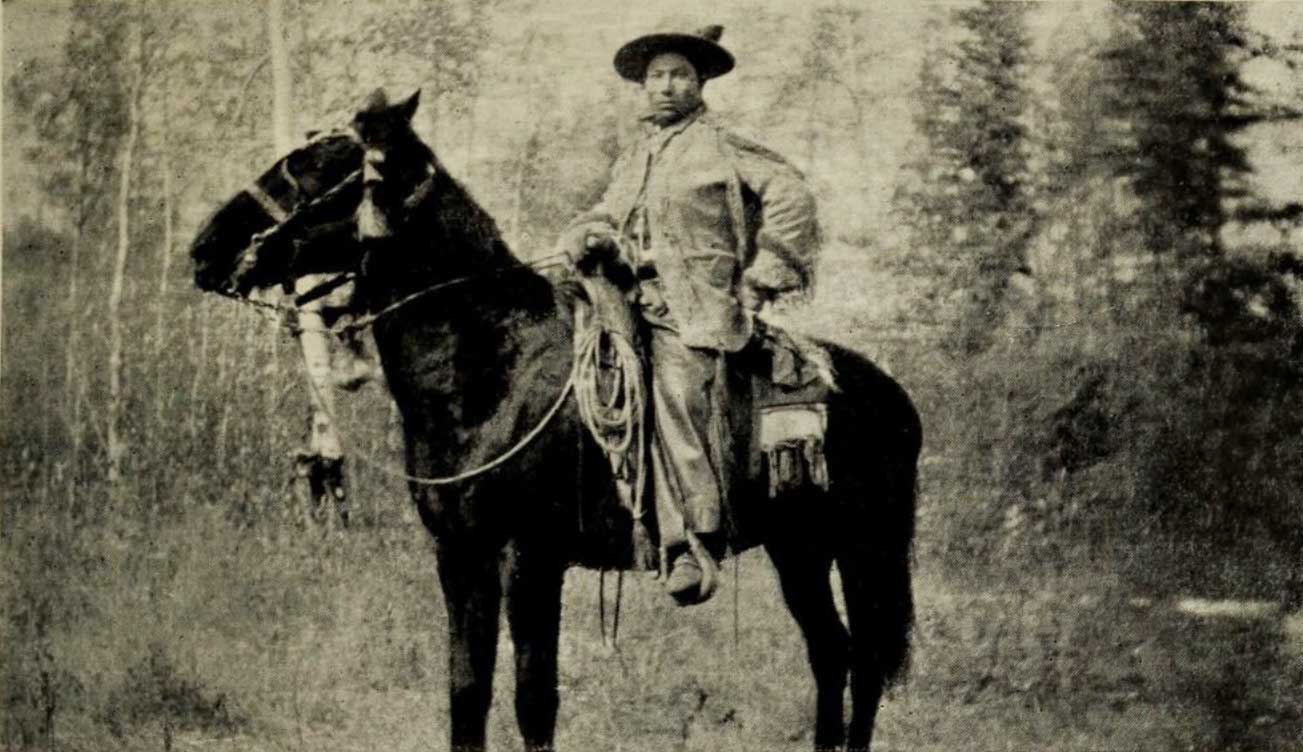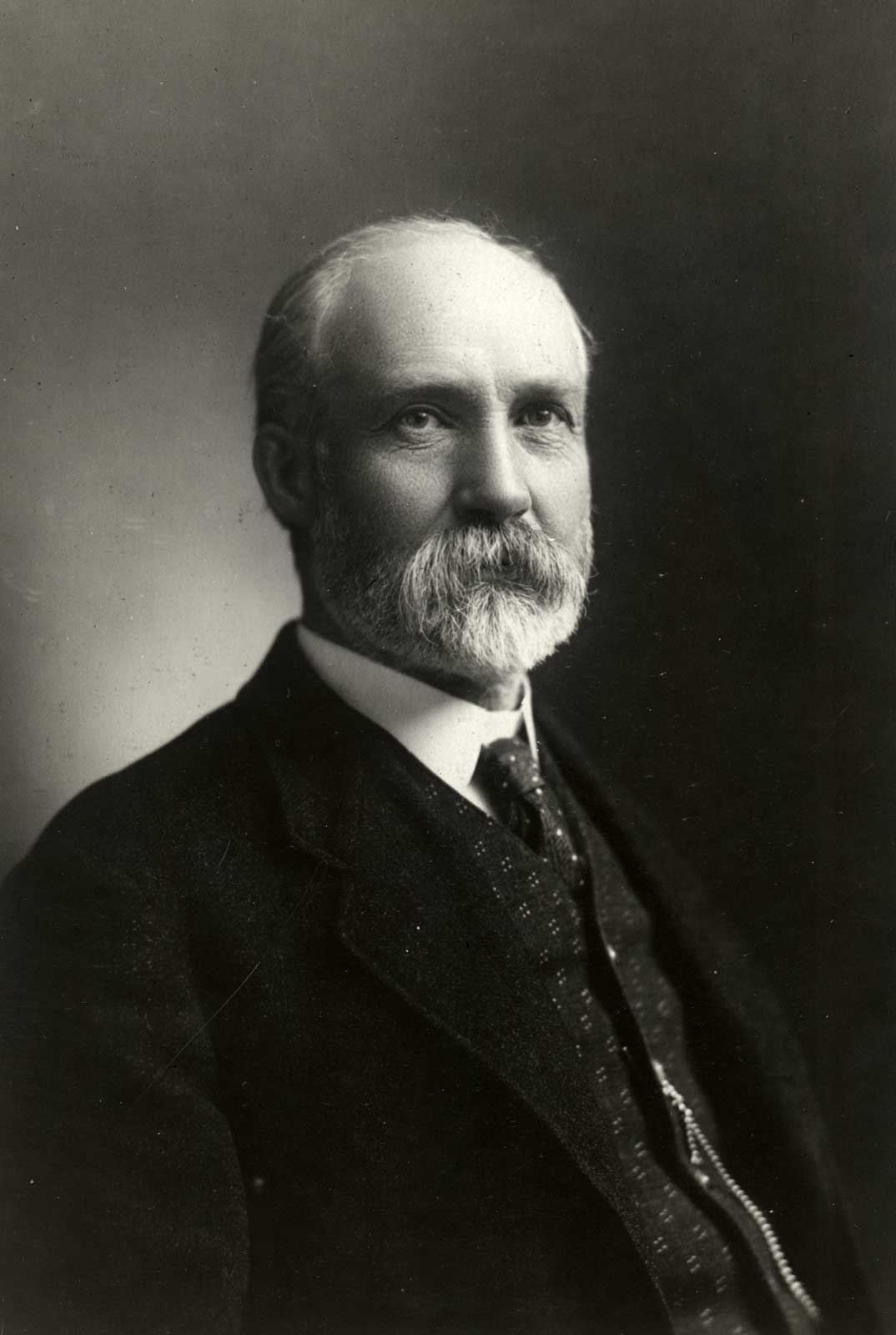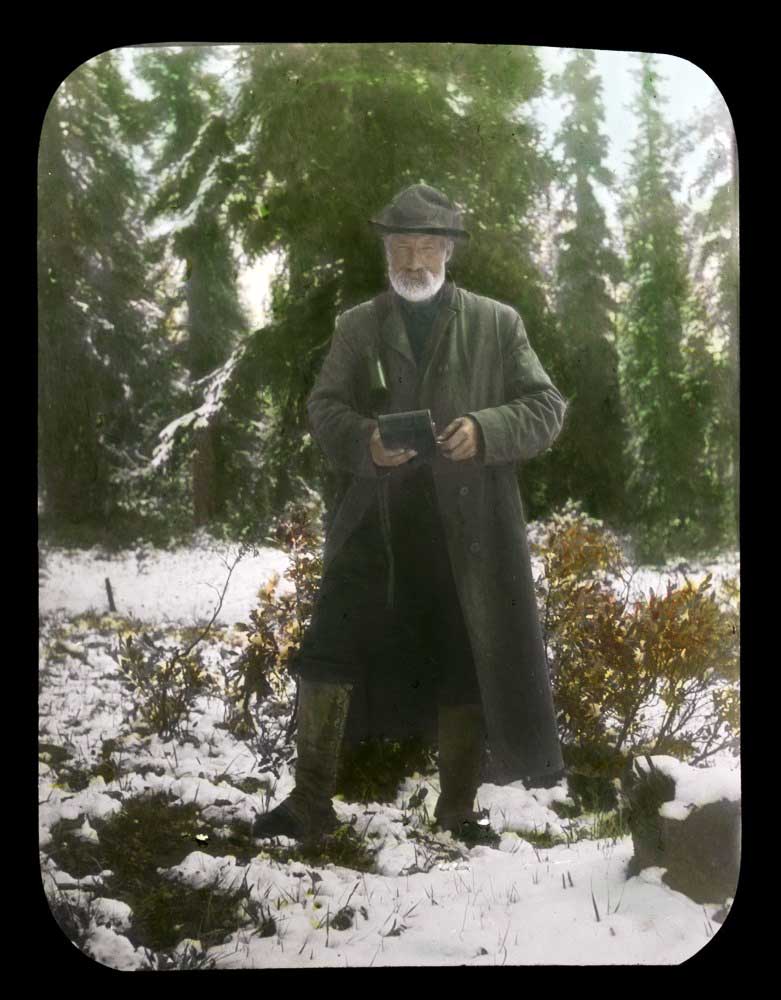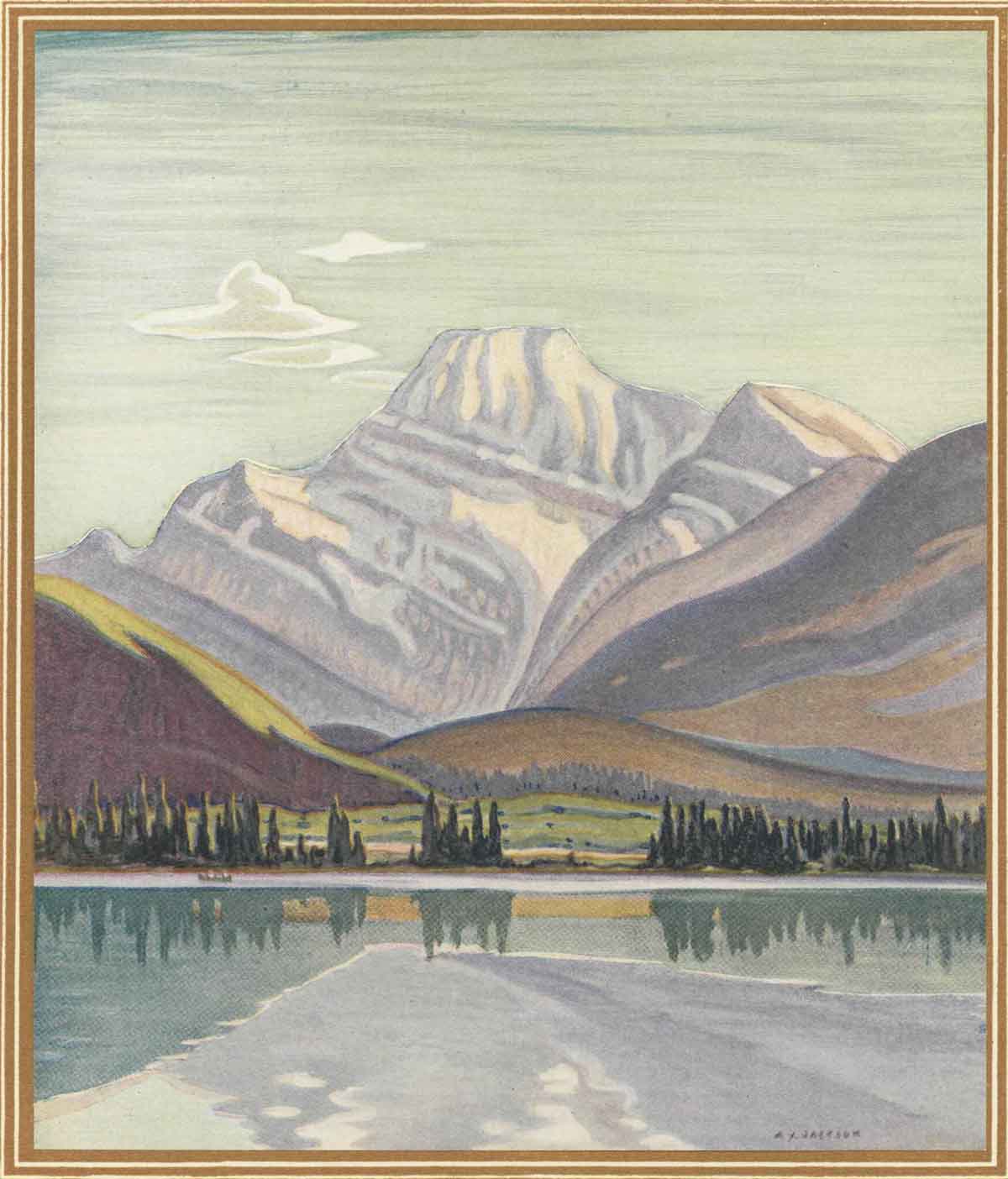The boundary between the Provinces of Alberta and British Columbia is defined by Sections 7 and 8 of the Imperial Act 29 and 30 Victoria, Chapter 67, (1858) which are as follows:-
7. Until the Union, British Columbia shall comprise all such territories, within the Dominion of Her Majesty, as are bounded to the south by the territories of the United States of America, to the west by the Pacific Ocean and the frontier of the Russian territories in North America, to the north by the Sixtieth Parallel of North Latitude, and to the East from the Boundary of the United States Northwards by the Rocky Mountains and the One hundred and twentieth Meridian of West Longitude; and shall include Queen Charlotte’s Island and all other Islands adjacent to the said Territories, except Vancouver Island and the Islands adjacent thereto.
*8. After the Union, British Columbia shall comprise all the Territories and Islands aforesaid and Vancouver Island and the Islands adjacent thereto.”
In the report of the Minister of the Interior to His Royal Highness in Council, which was approved on the 18th day of February, 1913, is embodied the following interpretation of the above definition, which interpretation was drawn by the Surveyor General of Dominion Lands and concurred in by the several Governments concerned:
“Between the International Boundary and the 120th degree of longitude, the Interprovincial Boundary is the line dividing the waters flowing into the Pacific Ocean from those flowing elsewhere. This line may cross several times the meridian of 120° longitude. Should this be the case, it is proposed that the Interprovincial Boundary follow the watershed line from the International Boundary to the most northerly crossing of the meridian and thence follow the meridian to the 60th degree of latitude. The watershed line being natural feature is preferable to the meridian as a boundary and there are as many chances that the proposal, if agreed to, shall be in favour of one Province as of the other.”
From the above quoted sections of the Imperial Act and the interpretation thereof adopted by the several Governments concerned, it will be seen that the Interprovincial Boundary, from the International Boundary to the most northerly crossing of the 120th meridian of west longitude, exists as a natural topographical feature, namely: the crest or watershed of the Rocky Mountains. Its precise delimitation, therefore, was not a matter of urgent necessity for many years after the Act was passed, but various causes arose, and grew in importance year by year, which made such delimitation advisable and even necessary.
Chief among these may be cited the discovery of valuable coal deposits at widely separated points of the Boundary, and extending over very large areas on either side of it. As a result of these discoveries, leases of coal lands have been issued by the Crown, either in the right of the Dominion of Canada or in that of the Province of British Columbia. In some cases the descriptions of these leases were based on surveys made by Dominion or Provincial land surveyors, who, for that purpose, were obliged to assume a provisional boundary; since the Boundary, or watershed, is by no means so well defined on the ground as might be supposed, particularly in the wider passes, the provisional boundary thus assumed is rarely, if ever, correct, and surveys made by Dominion and Provincial land surveyors, respectively, have been found to overlap.
